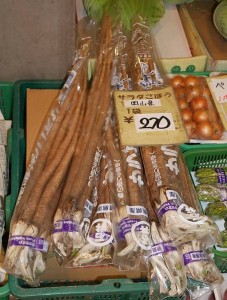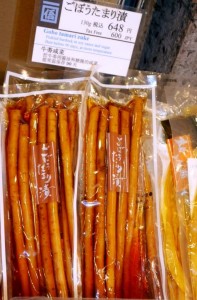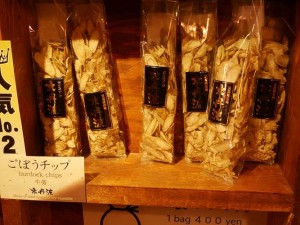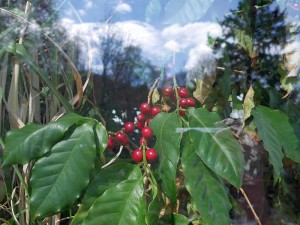Pictures of plants and birds taken on 15th May 2017 on a walk along the beach from Vikhammerløkka to Vikhammer.
Oystercatcher and nest
Common sandpiper
Common sandpiper
Common gull
White wagtail
Oystercatcher
Pictures of plants and birds taken on 15th May 2017 on a walk along the beach from Vikhammerløkka to Vikhammer.
Oystercatcher and nest
Common sandpiper
Common sandpiper
Common gull
White wagtail
Oystercatcher
Beautiful warm windy day with the fjord glittering ![]() …and dust or smoke over Stjørdal in the background! There are a number of wild fires in this area at the moment due to unusually dry conditions…
…and dust or smoke over Stjørdal in the background! There are a number of wild fires in this area at the moment due to unusually dry conditions…
I’ve grown burdock in my garden, originally mainly as a root vegetable, since the 80s when Japanese varieties such as Takinogawa Long and Watanabe Early began to appear in vegetable seed catalogues in the UK. In japan, it’s an important root crop that is available in all supermarkets both as fresh roots and in various processed products (also fermented):



Horseradish tree (Moringa oleifera) is one of 13 species in the genus Moringa from Africa. The genus name is derived from the Tamil word for drumstick, one of the alternative names in English, referring to the long immature pods which are used as a vegetable (I first came across it as an Indian vegetable on a market in Fiji in the early 90s where it was called horseradish tree). However, it has multiple uses also including leaves (as a protein rich vegetable), for its flowers, immature seeds, roasted or fried mature seeds (an oil is also extracted), roots (tastes like horseradish) and also seed sprouts! Different cultivars have been developed for different uses. There are other species which are also used, including Moringa stenopetala and M. ovalifolia.
Although it’s a tree that can grow to 12m tall, it can also be grown as a cut-and-come-again house plant, which is the way I’ve grown it (for the leaves) in my old office in Trondheim (see the album of pictures below)! In fact, it is also grown commercially as an annual.
I was very pleased to be invited to give a talk organised by the Curtis Museum in Alton, Hampshire, UK, not far from where I grew up in Eastleigh, Hants.
In my book I introduce the Hampshire towns of Alresford (watercress), Selborne (Gilbert White and sea kale) and Alton as the “Hampshire perennial vegetable triangle” or the UK hotspot of perennial vegetable domestication. Alton is included as the home of botanist William Curtis, who was Praefectus Horti at the Chelsea Physic Garden in London in the 1770s. He was also a friend of Gilbert White! He wrote a pamphlet, ‘Directions for the culture of the Crambe maritima or Sea Kale, for the use of the Table’ in 1799 to bolster efforts in introducing it as a market vegetable.
See the album of pictures from a wander around Alton with Sheila John of the Curtis museum, edimentals tour of the Allen Gallery garden and later talk there! See the album below!
Other related posts:
Directions for the culture of Sea Kale (1799) http://www.edimentals.com/blog/?p=9772
The Hampshire Perennial Vegetable Triangle http://www.edimentals.com/blog/?page_id=3879
Lecture at the Hillier Gardens http://www.edimentals.com/blog/?page_id=1281
Hampshire’s Watercress Line http://www.edimentals.com/blog/?p=335
KVANN/ Norwegian Seed Savers will have a stand and be selling plants at this year’s “Vårtreff” on 28th May at Oslo’s Botanical Garden (Tøyen)
(see http://foreninger.uio.no/botaniskhagesvenner/arrangementer/2017/vartreff-2016.html)
Steering committee member Andrew McMillion will be there to tell you more about our organisation and you’ll be able to buy a number of interesting edible plants such as the fantastic perennial vegetable that all are talking about Hablitzia / Caucasian Spinach (stjernemelde). We have VIPPS! :)
This document describes the plants Andrew will have with him:
I finished my last day of work as an oceanographer by visiting head office in Wallingford, UK. We were finished by lunchtime, so I visited the University of Oxford Botanical Garden nearby, the oldest botanical garden established in 1621 as a garden of medicinal plants. Here’s an album of edimentals I found during my short visit!
One of the first plants to harvest from in my indoors forest garden this year….familiar? It’s also one of the best indoors edimentals..
See also http://www.edimentals.com/blog/?p=436

The article below, published in Grobladet in 2006 is the story (in Norwegian) of how one of the commonest spring flowers in the Mediterranean countries became one of the most important vegetables in Japan, yet was completely forgotten at home…this is the story of shungiku, the edible-leaved Chrysanthemum, Glebionis coronaria.
Grobladet was the magazine of Oikos, Norway’s biggest organic organisation.